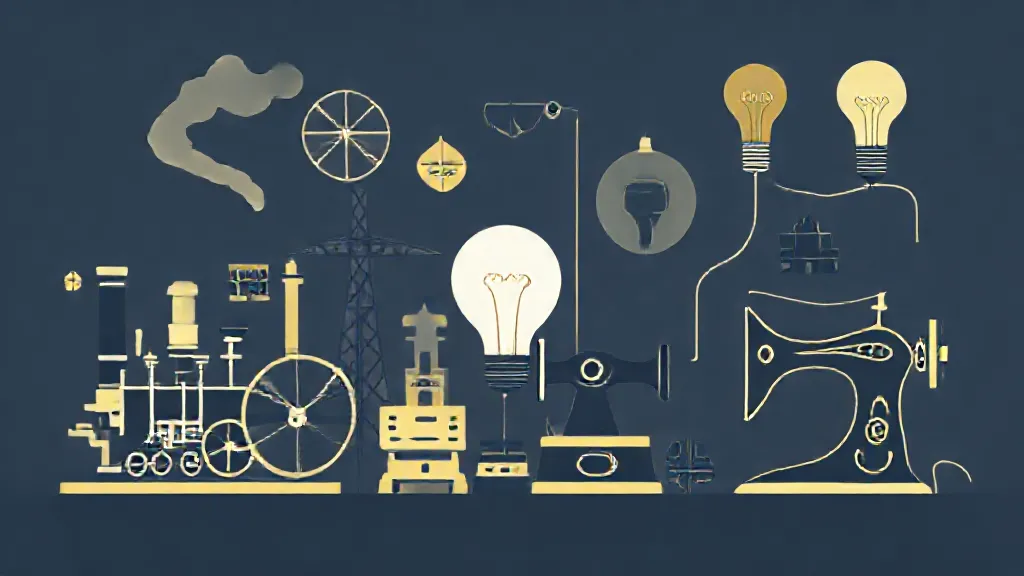The 19th century was a period of remarkable innovation and transformation, characterized by rapid advancements in technology and science that laid the foundations for the modern world. This article explores the major inventions of the 19th century, detailing their significance and impact on society, economy, and everyday life.
The Steam Engine: Catalyst of the Industrial Revolution
One of the most pivotal inventions of the 19th century was the steam engine, perfected by James Watt in the late 18th century but widely adopted in the 19th.
The steam engine revolutionized transportation and industry, powering locomotives and steamships, which facilitated faster movement of goods and people. This innovation not only stimulated economic growth but also led to urbanization as people flocked to cities for factory jobs, fundamentally altering social structures.
The Telegraph: Revolutionizing Communication
The invention of the telegraph by Samuel Morse in the 1830s transformed communication.
For the first time, messages could be sent over long distances almost instantaneously. This invention connected distant regions, enabling real-time communication that was previously unimaginable. The telegraph played a crucial role in journalism, business, and personal communication, fostering a more interconnected world and setting the stage for future innovations in communication technologies.
Photography: Capturing Moments in Time
The 19th century also witnessed the birth of photography, with Joseph Nicéphore Niépce and Louis Daguerre leading the way. The daguerreotype process, introduced in 1839, allowed for the first permanent photographic images. This invention not only revolutionized the art world but also provided a new means of documentation and record-keeping.
Photography became a vital tool for journalism, science, and personal memories, influencing how people viewed the world around them.
The Telephone: Connecting Lives
In 1876, Alexander Graham Bell invented the telephone, a groundbreaking advancement that further transformed communication. Unlike the telegraph, which required knowledge of Morse code, the telephone allowed for voice communication, making it more accessible to the general public.
This invention had a profound impact on personal and business interactions, shrinking distances and fostering relationships that were previously limited by geographical barriers.
Electricity: Powering the Future
The late 19th century marked the widespread adoption of electricity, thanks to inventors like Thomas Edison and Nikola Tesla. Edison's development of the practical incandescent light bulb in 1879 revolutionized indoor lighting, while Tesla's work on alternating current (AC) systems made long-distance electricity transmission feasible.
The advent of electricity transformed daily life, enabling new inventions and innovations in various fields, including entertainment, industry, and transportation.
The Internal Combustion Engine: A New Era of Transportation
The internal combustion engine, developed in the late 19th century, ushered in a new era of transportation. Pioneers like Karl Benz and Gottlieb Daimler made significant contributions to the development of automobiles, which began to replace horse-drawn carriages.
This invention not only changed personal mobility but also had far-reaching implications for urban planning, infrastructure, and the global economy, leading to the rise of the automotive industry.
The Sewing Machine: Transforming Textiles
The sewing machine, invented by Elias Howe in 1846 and improved by Isaac Singer, revolutionized the textile industry. This invention drastically increased the speed and efficiency of garment production, making clothing more accessible and affordable.
The sewing machine played a crucial role in the rise of the ready-to-wear clothing industry, changing fashion and consumer habits while also impacting labor dynamics in the textile sector.
Conclusion: The Legacy of 19th Century Innovations
The major inventions of the 19th century were not merely technological advancements; they were catalysts for profound social and economic changes. Each innovation built upon the last, creating a domino effect that propelled society into the modern age.
The legacy of these inventions continues to influence our lives today, reminding us of the power of human ingenuity and the relentless pursuit of progress.
For those interested in delving deeper into the innovations of the 19th century, numerous resources are available, including historical texts, documentaries, and online courses that explore the impact of these inventions on contemporary society and their ongoing relevance in today's technological landscape.
